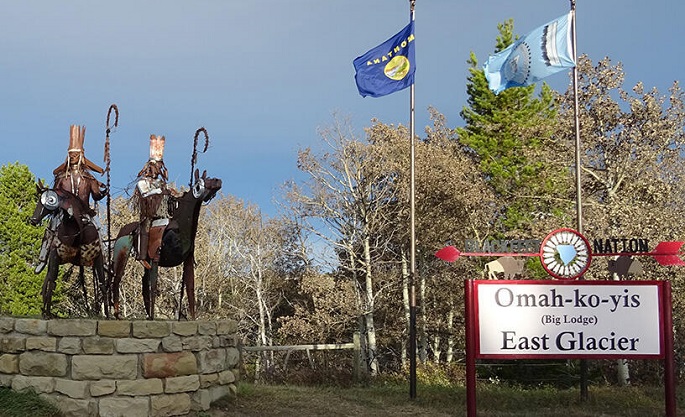Indigenous peoples’ rights continue to be trampled
Published : 06 Aug 2020, 02:03
Updated : 06 Aug 2020, 10:03

The majority of the world’s languages are those spoken by indigenous peoples, said Rani-Henrik Andersson, a lecturer in North American studies at the University of Helsinki.
Furthermore, indigenous peoples inhabit some of the richest areas in terms of biodiversity in the world. Peoples classified as indigenous live on every continent, said the university in a press release.
The United Nations has declared 9 August as International Day of the World’s Indigenous Peoples, highlighting the diversity and uniqueness of indigenous cultures.
“In certain areas, centuries-old colonialism has nearly eradicated their cultures, while, in other areas, indigenous peoples still have a strong presence. The definition of indigenous peoples has been difficult, an issue linked to questions of land ownership, culture, language, as well as identity,” said Andersson.
For decades, indigenous peoples have demanded an equal role among international operators. In 1989, the International Labour Organization under the UN adopted the Indigenous and Tribal Peoples Convention, which is at best a compromise of sorts that does not meet all of the demands of indigenous peoples. At the same time, Finland and several other countries are yet to ratify the convention.
Today, indigenous peoples are able to make their voice heard, for example, through organisations operating under the UN.
“The UN helps indigenous peoples highlight their cultures and increase others’ awareness of them and their customs as well as their political and economic situation.
Peoples classified as indigenous are numbered in the hundreds globally, with greatly varying cultures, worldviews and cultural and political circumstances. However, they also have many similarities. Economic growth and industrial activity continue to relegate indigenous peoples to the role of underdog I'm sure that it’s clear to everyone that indigenous peoples all over the world have suffered from colonialism and imperialism originating in Europe. It would be naive to think that a way of thinking and behaviour founded on colonialism would have disappeared from the world,” said Andersson, adding that “Indigenous peoples continue to experience discrimination, have financial problems, and are forced to defend the lands that they still have against mining companies, loggers and oil drillers.”
“For example, the indigenous peoples of the United States and Canada have attempted to prevent the construction of large oil pipelines through their lands, while in Finland the Sámi have continuously had to struggle against both Finnish and international mining companies or the Arctic Railway.”
Agency of indigenous peoples is gaining strength globally, contributing to the fight against the climate change,” said Andersson, adding that there have also been positive developments, in spite of the numerous problems.
“Various Indigenous movements, such as Idle No More, NoDAPL and Suohpanterror, have taken a strong stance on the status of indigenous peoples in different parts of the world. The revitalisation of cultures and languages has also become a significant part of curricula established by indigenous peoples in Latin America, Australia, and New Zealand.
Although indigenous peoples’ relationship with nature is no longer seen in stereotypical terms as a nearly mythical connection, Andersson posits that their link to nature does indeed differ from that of the Western world. “For indigenous peoples, human beings are part of nature, which is composed of both the visible and the invisible world.
“It’s a kind of holistic perception of nature where people are only a part of the whole, without the right to control or exploit nature.”
“Many indigenous peoples in both the Arctic region and Amazonia face the effects of climate change in a very concrete way, as it directly affects their livelihoods.”
“Not all indigenous peoples now live ‘at the mercy of nature’, no more than any other people in the world, but many peoples’ livelihoods are directly linked to the changes taking place in the environment.”
Also in academia, the concepts and knowledge of indigenous peoples have increasingly become part of the Western scientific research, and specific degree programmes in indigenous studies have been established at many universities, where the research conducted takes the conceptions and views of indigenous peoples into consideration.

